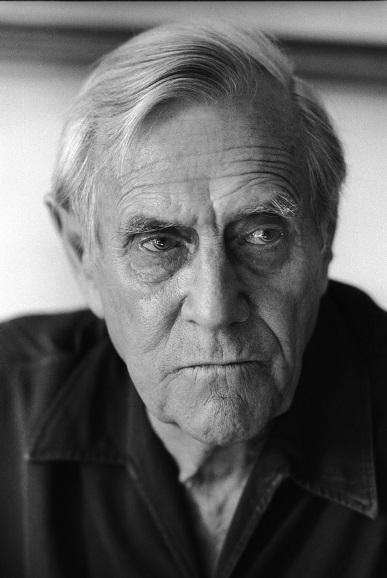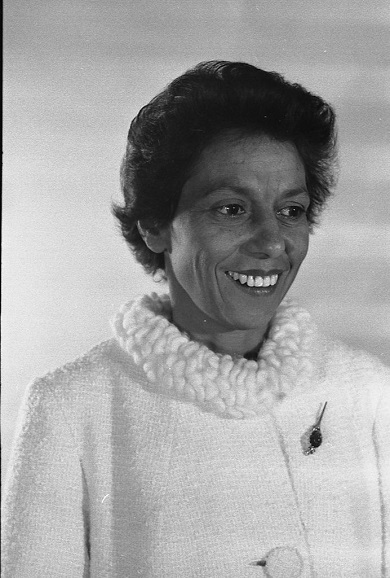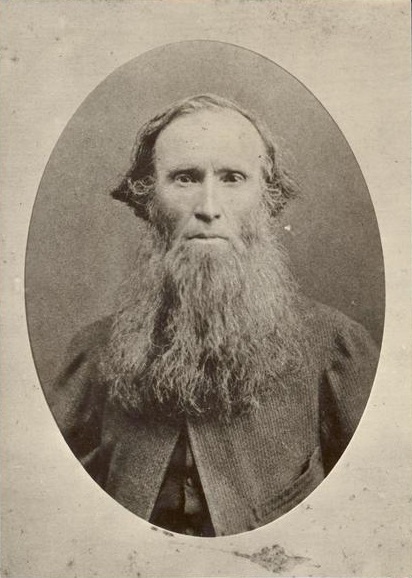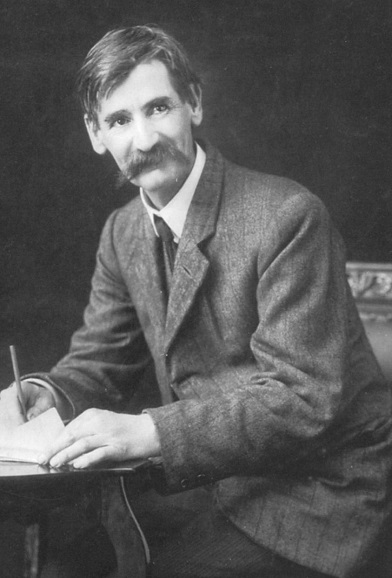Interesting Facts about Top Australian Writers
Among the many things Australia is famous for, literature is not usually the first one that comes to mind. However, if you take a look at your bookshelf, you’ll probably notice a piece written by a writer from this country. Although the world is a global community now, Australian culture still seems distant and exotic to most people. That’s why its literature is strange, but mesmerizing for people from other continents.
If you are intrigued by Australian literature and want to start exploring it, the following list of top Australian writers will help you find a piece you’ll love.
-
Patrick White
one of the most notable novelists of the 20th century, was the first Australian author who was awarded with a Nobel Prize for Literature. Roy De Maistre, a famous Australian artist, was his intellectual and aesthetic mentor, who influenced his work. Patrick White’s novels were rebellious just as his own nature. He received the 1973 Nobel Prize in Literature because he introduced a new continent to the rest of the world through epic and psychological narrative. Since he wasn’t able to present at the Nobel Banquet at the City Hall in Stockholm, the banquet speech was read by M. Sidney Nolan. In 1980, he declined the offered honorary title of knighthood.
If you are interested in Australian literature, then you absolutely need to read “Voss” by Patrick White – a radical novel about the strong emotions between the young orphan Laura and the German explorer Voss.
-
John Maxwell Coetzee
is another recipient of the Nobel Prize in Literature that has to be mentioned on this list.
Although he is South African, he became an Australian citizen in 2006. Through his comprehensive style, Coetzee achieves effects that not many are capable of: the reader empathizes with the characters and feels their pain and suffering.
When you read Coetzee’s novels, you won’t doubt that he was born to be a writer. Here is an interesting fact: he worked as a computer programmer for IBM in London. He received a PhD in linguistics in the University of Texas at Austin, after presenting his thesis on computer stylistic analysis of the words of Samuel Beckett.
If you want to start reading Coetzee’s works, the best place to start would be “Life and Times of Michael K” – a powerful, tormenting read about a man who tries to take his mother to her rural birthplace during the apartheid era in South Africa.
-
Kath Walker
, an Australian Aboriginal writer and political activist, deserves a spot in our list of most intriguing authors from this country. She was an important figure in the campaign for the 1967 abolition of discriminatory sections of the Australian constitution, and the first Aboriginal Australian to publish a book of poetry. Through her political activism in support of conservatism, social justice and Aboriginal rights, Walker played an important role in Australian politics.
In 1988, Kath Walker changed her name to Oodgeroo Noonuccal, in honor to her Noonuccal ancestors. This Australian writer was a passionate believer in the power of education. Through her direct poetry, Oodgeroo challenged the minds and hearts of millions of readers around the world. Some of her most notable collections include “The Unhappy Race”, “Then and Now”, and “A Song of Hope”. Although her verses, rhyme schemes and allusions are considered to be unsophisticated by many critics, Oodgeroo’s since voice is still appreciated by a large audience.
-
Colleen McCullough
didn’t receive many notable literature prizes, but is still one of most beloved Australian authors. Her novel “The Thorn Birds” achieved great success in the United States after it was adapted as a TV mini-series starring Richard Chamberlain and Rachel Ward. This touching saga conveyed the joy and struggles of life in the cruel Australian outback. Her younger brother, who drowned in the Mediterranean at the age of 25, was an inspiration for characters featured in “The Thorn Birds” and “Life Without the Boring Bits”.
When you read McCullough’s work, it will be hard for you to imagine that such a romantic soul was an acknowledged neurophysiologist. She worked as teacher and researcher at Yale Medical School, and established the neurophysiology department at the Royal North Shore Hospital in Sydney.
Her novel “The Independence of Miss Mary Bennet” sparked great controversy among her readers and critics.
-
Charles Harpur
was one of the most notable Australian poets in the 19th century. He wrote the first sonnet sequence that was ever published in his country. During his time, the Australian poetry embodied contradictory values: the poets, who were mainly of European descent, remained faithful to the European literary traditions, but lived in a completely unique culture that inspired them to embrace different values.
During the 1800s, the British government disposed of many criminals by sending them to this distant country. Both parents of Charles Harpur were convicts, so he wasn’t well-accepted in the politically-conservative environment. Nevertheless, his father made sure to ensure basic education for him, and Harpur became interested in literature at very young age.
Through his poetry, Harpur managed to present the captivating Australian landscapes like no other author before him. He is greatly valued in the literary community due to his persistence and will to educate himself.
-
Henry Lawson
is one of the greatest Australian short story writers. In addition to short stories that illuminated the existence of Australians in rural areas, he also wrote ballad-like poems. Since he was partly deaf, he experienced setbacks in his education and had only a few years of schooling.
Henry spent significant periods of his life in institutions for alcoholics. Despite his enormous talent and the appreciation he gained as a writer and poet, he was always struggling to support his family.
One of Lawson’s most notable short stories is “The Drover’s Wife”. Although he wasn’t the only Australian writer inspired by the life in the bush, he managed to present a more realistic view of the life in this dry, inhospitable area. According to critics, Henry Lawson was arguably the first author who really looked at this country with “Australian” eyes, without being influenced by his European heritage.




